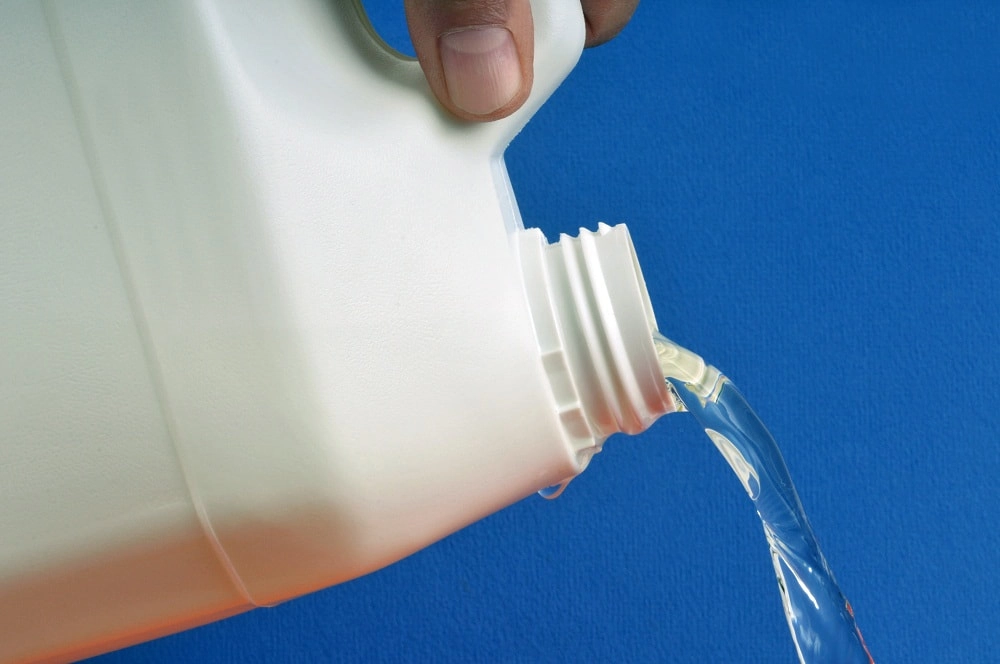- Details
Characteristics and applications of the sodium hypochlorite

Sodium hypochlorite is an example of a substance that, with its relative simplicity, is applied in a wide variety of medical, industrial and economic sectors. This simplicity is largely due to its main component - chlorine, which occurs in nature in greater quantities than carbon, among others. So what are the characteristics of the sodium hypochlorite and where is it used?
Properties of the sodium hypochlorite
Sodium hypochlorite, otherwise known as sodium (I) chlorate, is an inorganic chemical compound, the sodium salt of hypochlorous acid with the chemical formula NaOCl. It is characterized by an intense chlorine odor and high instability, forcing its use mainly in aqueous solutions; it also exhibits strong disinfectant and oxidizing properties. Sodium hypochlorite is obtained in 3 ways:
- during the synthesis of the sodium chloride
- during electrolysis of the table salt
- by adding chlorine to the so-called soda lye
Where is the sodium hypochlorite used?
See also: USE OF THE ACETIC ACID
The oldest and probably most widespread use of the sodium hypochlorite is as a bleaching agent. The whole process is based on the contact of a material soaked in a solution of the sodium (I) chlorate with the carbon dioxide contained in the air. This results in formation of the sodium bicarbonate and the hypochlorous acid, which, as a result of the decomposition, oxidizes the dyes contained in the material.
The possible applications of the sodium hypochlorite do not end there, of course. It is also used:
- in the process of storing perishable vegetables for water treatment
- in endodontics (for root canal treatment of teeth)
- in orcharding (to control various types of fungi attacking fruit trees)
- in disinfection of crates and vegetable crates, wells, chicken farms, sanitary fittings, pool water, disinfection after floods, disinfection of devices used in the brewing industry and many others
- in production of intermediates in the pharmaceutical industry, plant protection products and modified food starch
- in the fungicidal and bactericidal treatment of grain


